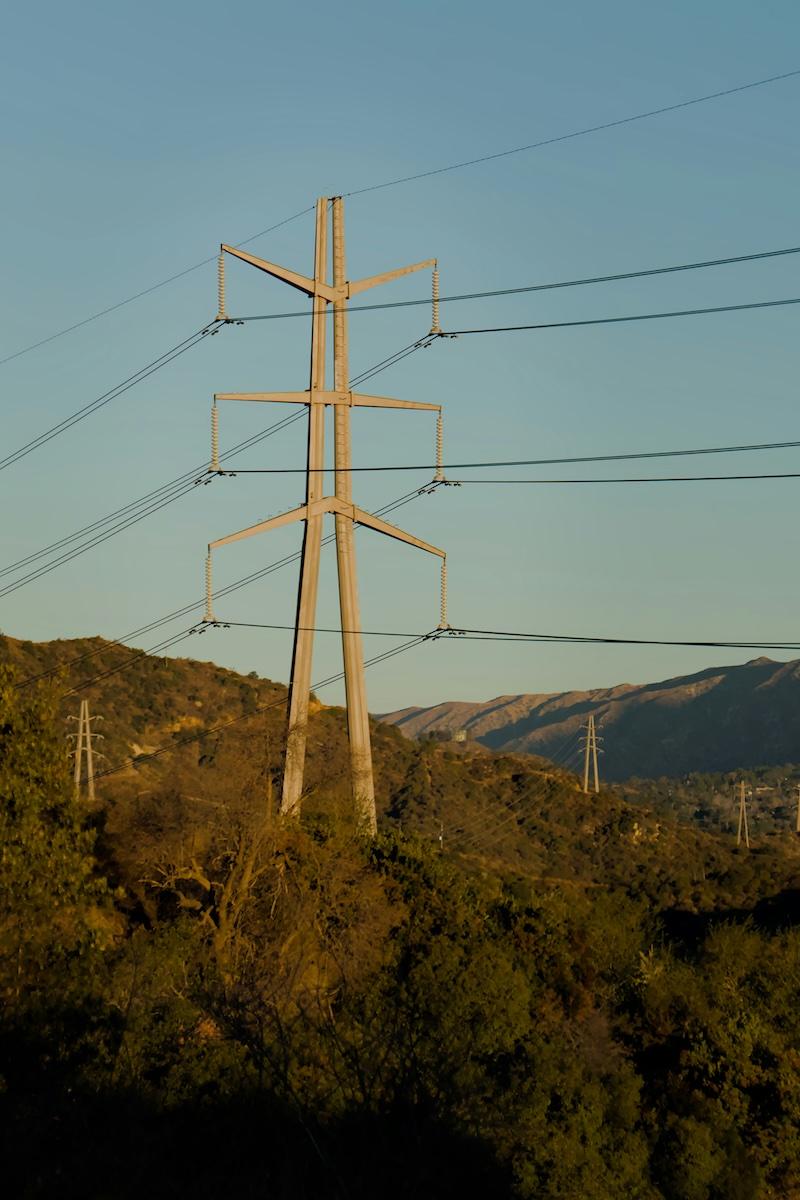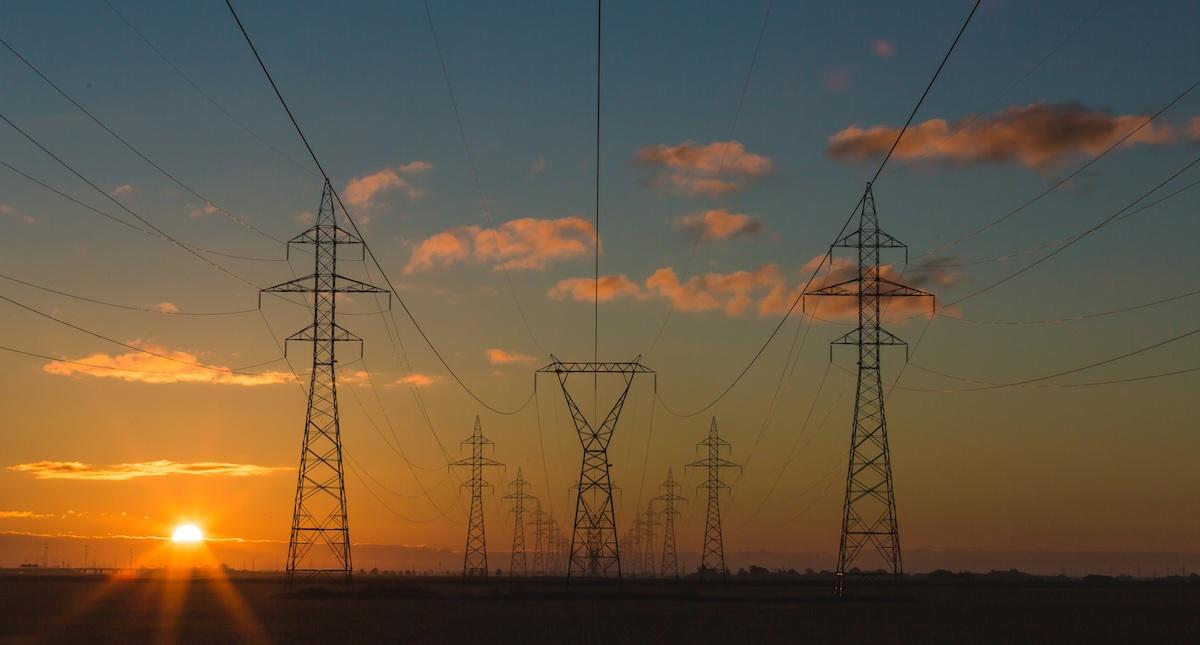Powering California's Future: How the State Can Meet a Historic Energy Demand
"California is going to need to generate 20 times the amount of electricity that it has brought onto the grid in the last 15 years over the next 15 years."
Published June 6 2025, 3:42 p.m. ET

In the coming years, California expects to see the largest increase in electricity demand in its history. This unprecedented surge, driven partly by the widespread electrification of transportation and industry, took center stage at the recent Montgomery Summit, where energy investment leaders gathered to discuss viable solutions.
"California is going to need to generate 20 times the amount of electricity that it has brought onto the grid in the last 15 years over the next 15 years," explained Daniel Weiss, co-founder and managing partner at Angeleno Group, an investment firm specializing in clean energy and climate solutions. "That's going to create enormous challenges for our grid, but it also means there are real opportunities for innovation."

With electricity demand projected to skyrocket at a rate unparalleled in American utility history, the challenge of supplying sufficient power will require more than minor adjustments to California's energy system. Steve Westley, former California State Controller and founder of The Westly Group, emphasized the magnitude of this challenge.
"What we're seeing is not just an incremental change,” he said. “It's a fundamental restructuring of our energy landscape."
During their discussion, Weiss and Westley outlined a comprehensive approach, centered around four strategic priorities: expanding clean energy generation, optimizing transmission infrastructure, enhancing demand flexibility, and preserving existing assets.
Expanding Clean Energy Generation
California's first line of defense against rising electricity demand is aggressive deployment of renewable energy. Weiss highlighted the importance of generating more power through solar, energy storage, and wind — specifically in that order.
"The integration of solar generation with advanced storage technologies represents our most immediate and scalable pathway to meeting this unprecedented demand," Weiss noted. "These technologies have reached a critical inflection point in both performance and cost."
California already leads the nation in Battery Energy Storage System (BESS) installations, boasting approximately twice the capacity of the next largest market and nearly matching the rest of the country combined, according to the Energy Information Administration. This advantage provides critical flexibility for managing intermittent renewable generation.
While California's solar capacity has grown dramatically over the past decade, meeting future demand will require even more ambitious expansion. Nuclear power could offer a longer-term solution, but Weiss cautioned that new nuclear plants typically require at least a decade to develop, necessitating robust interim solutions.
Optimizing Transmission Infrastructure
Perhaps the most critical constraint on California's energy expansion isn't generation technology but the infrastructure to deliver it.
"If the first vector is bringing on more electrons, the second vector is making use of those electrons more effectively," Weiss explained.
Emerging technologies could dramatically expand the capacity of existing infrastructure, including dynamic line rating and advanced materials for cabling. These innovations could potentially extract 25-40% more capacity from existing transmission systems without constructing new lines—a critical advantage given the lengthy permitting processes and frequent local opposition to new transmission projects.
Enhancing Demand Flexibility
The value of controlling load is increasing daily for grid operators, utilities, and end customers alike. Flexible load technology optimizes when and how electricity is consumed, effectively transforming energy consumers into grid resources.
Organizations that master this flexibility can secure lower energy costs while supporting grid stability. The growing role of virtual power plants (VPPs) exemplifies this trend, with their ability to aggregate and dispatch stored energy on demand.

Weiss pointed to Angeleno Group's recent investment in energy management software firm AZZO, which enables sophisticated microgrid coordination among industrial facilities and commercial hubs. By allowing disparate energy assets to communicate and function as a unified system, these technologies provide critical ancillary services to the grid while creating new value streams for participants.
Preserving Existing Assets
Despite renewables' promising role, extending the life of traditional power generation assets remains a pragmatic strategy. This approach is evident in California's decision to extend the operation of Diablo Canyon (the state's last nuclear power plant) until at least 2030, despite previous plans for earlier decommissioning. Additionally, the California Public Utilities Commission has authorized utilities to contract with natural gas "peaker plants" that operate during periods of peak demand or low renewable generation.
This balanced approach reflects a growing recognition that reliability and decarbonization must proceed in tandem. New technologies are being developed to make existing assets safer and more efficient throughout their extended operational lives.
Reasons for Optimism
While California's energy challenge appears daunting, a historical perspective offers valuable context. Previous technological transitions often consumed less energy than forecasted, as efficiency improvements offset increased usage.
"Technology has a way of adapting to constraints," Westly observed. "The internet didn't crash the grid in the 2000s because we developed more efficient servers and networking equipment. We'll see similar adaptation in AI and electric transportation."

The venture capital community has been nurturing climate technology innovation that is now approaching maturity. Between 2013 and 2023, climate tech funding experienced explosive growth from $2 billion annually to over $50 billion. Weiss noted that when Angeleno Group entered the market 24 years ago, only a handful of firms focused on energy transition and clean technology.
Today, there are hundreds, if not thousands. This massive influx of capital and expertise suggests that the innovation pipeline may be capable of delivering the technologies California needs to navigate its energy transition.
As California confronts this unprecedented energy challenge, its experiences will inform energy transitions nationwide.
"California isn't facing these challenges first, but it's helping to develop solutions first," Weiss emphasized. "The innovations in technology and financing pioneered here will serve as a blueprint for the rest of the country."